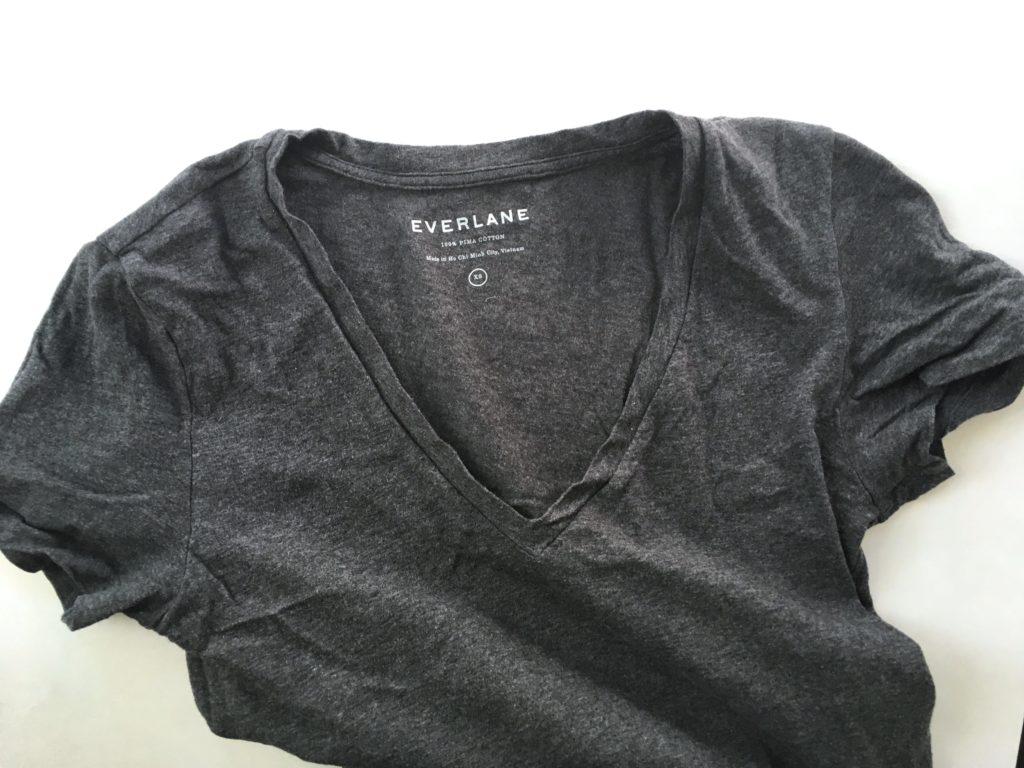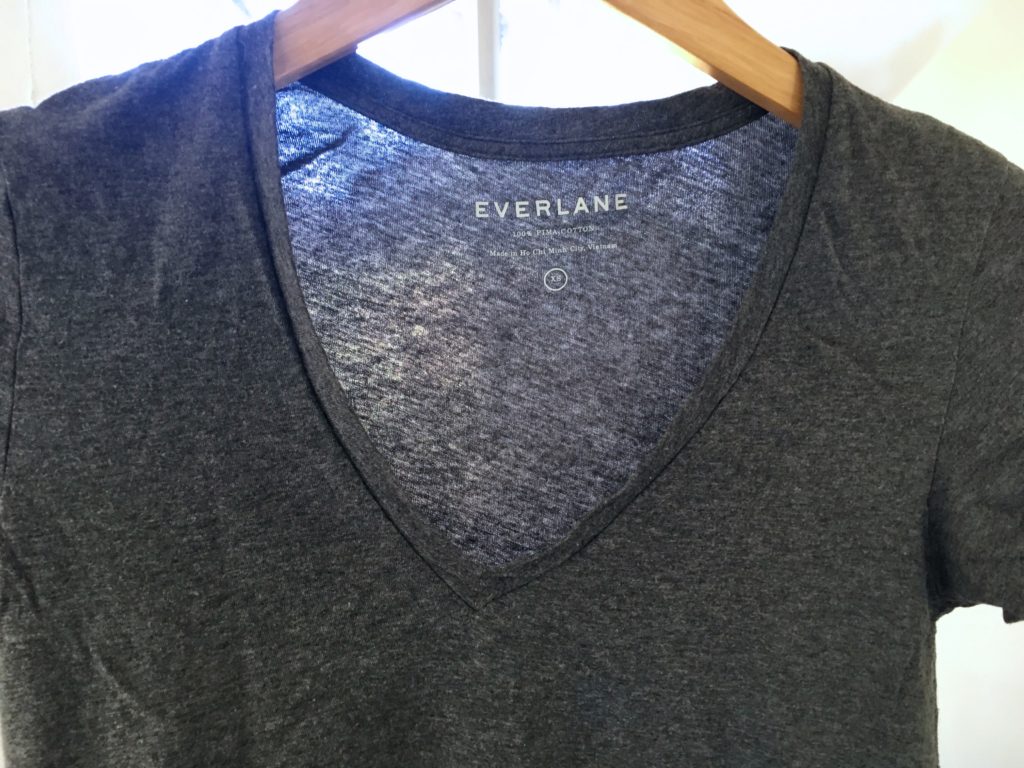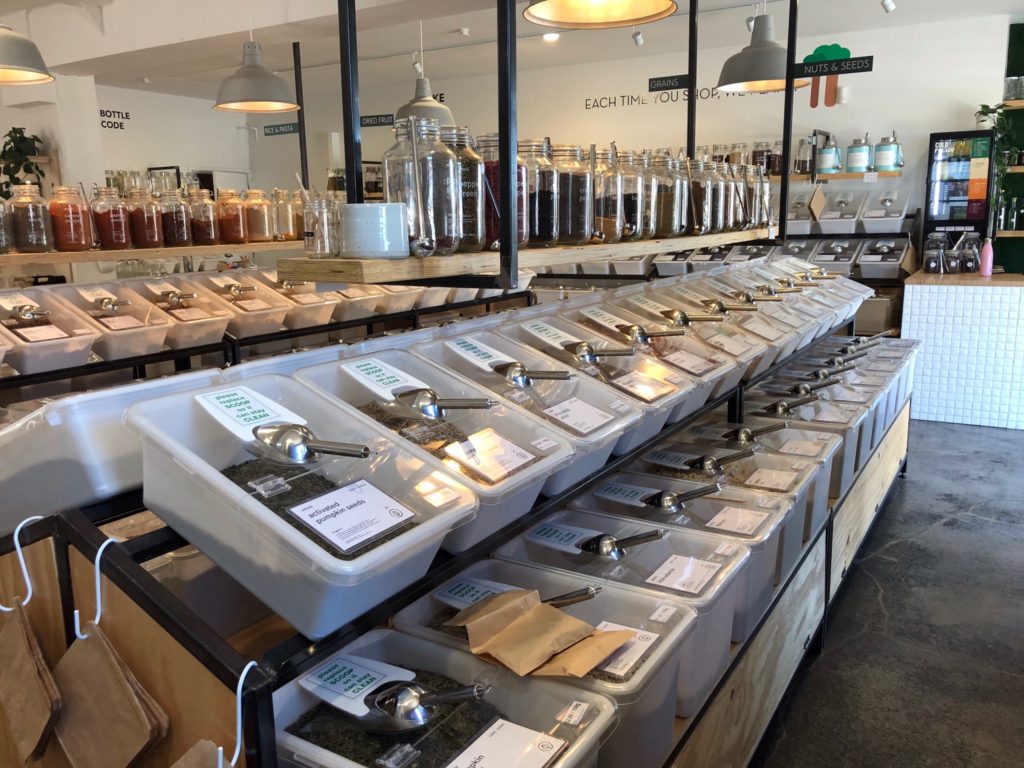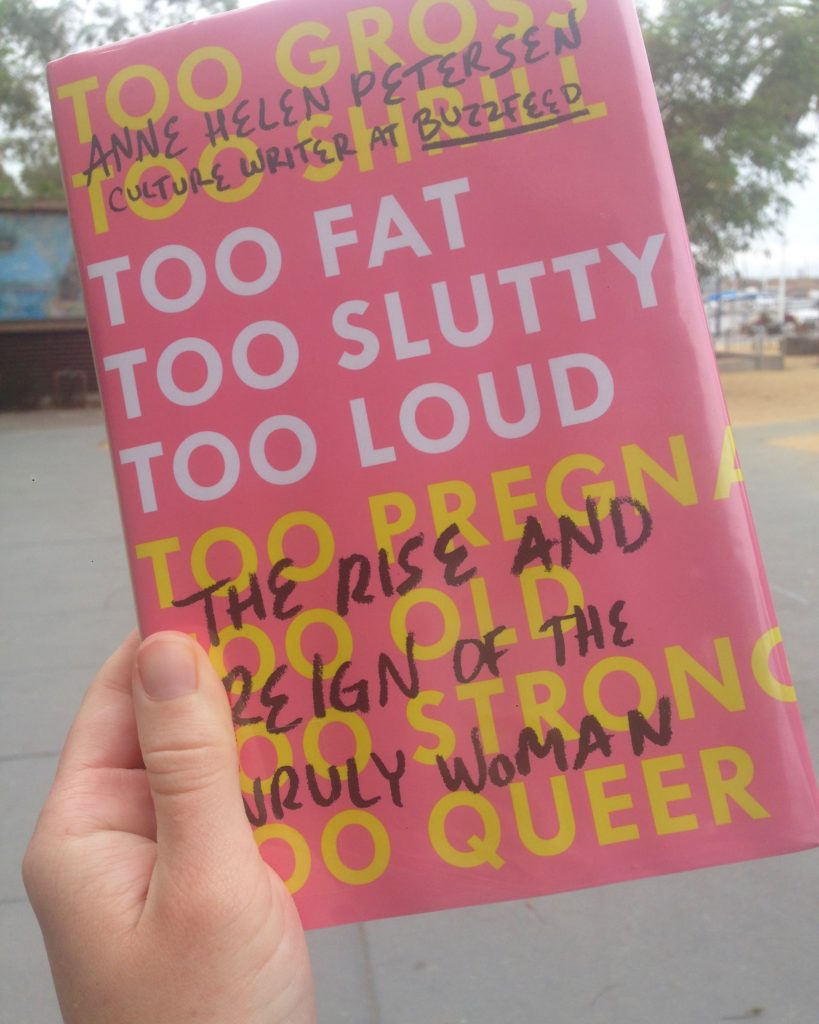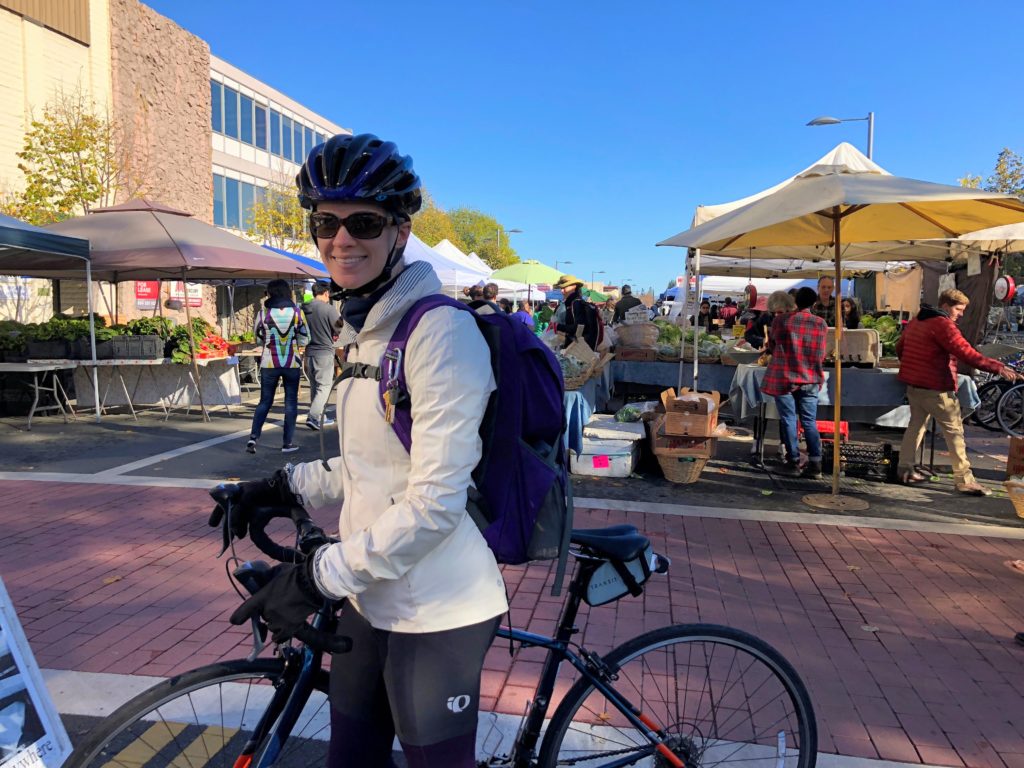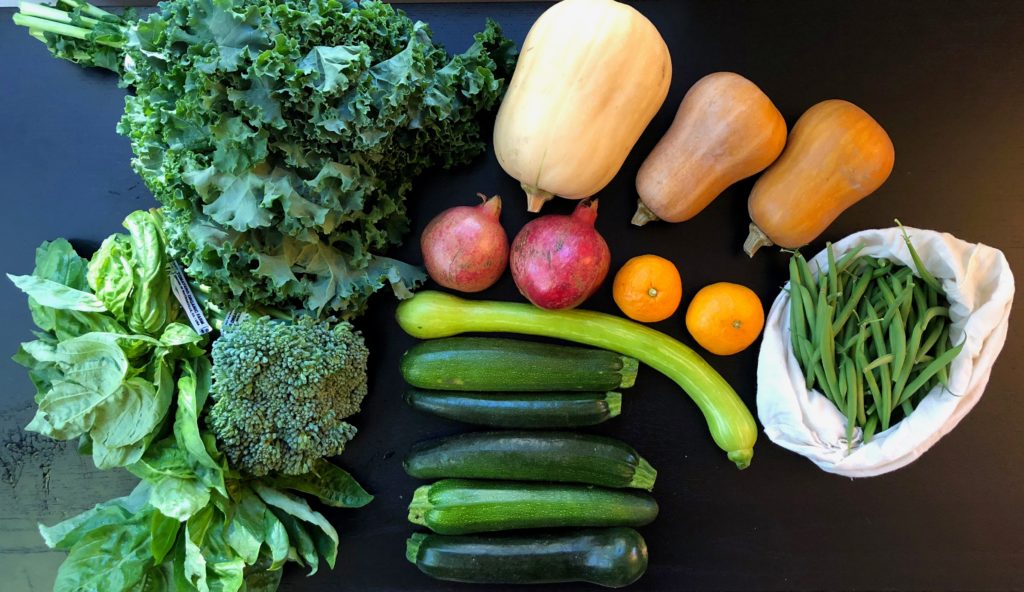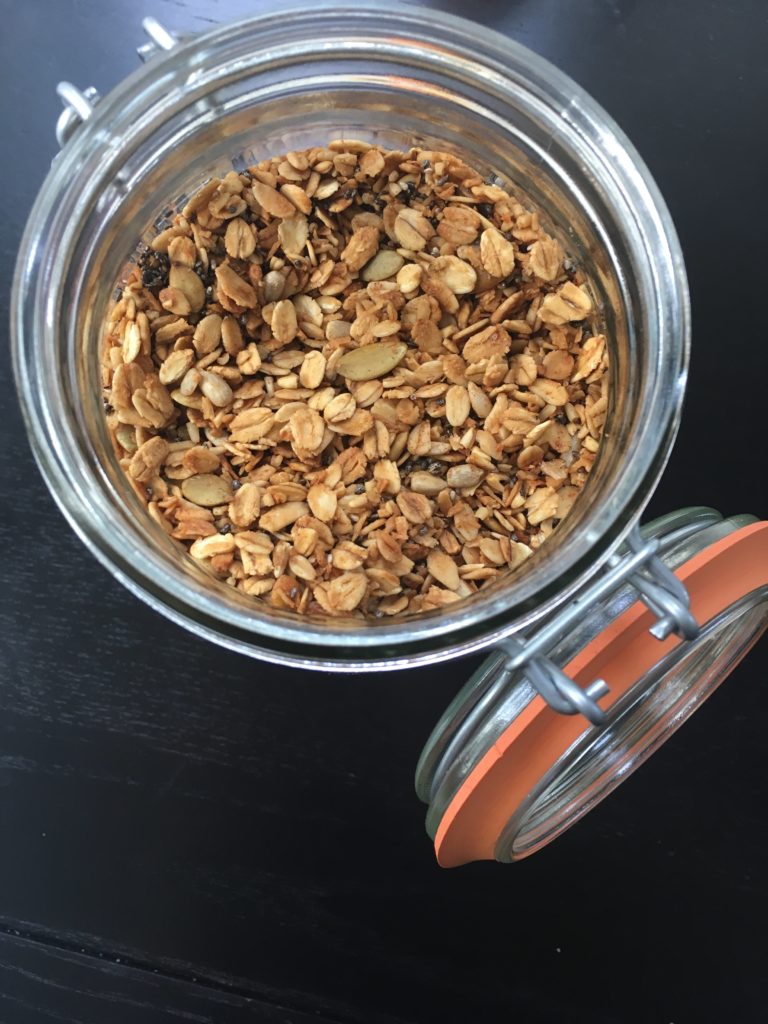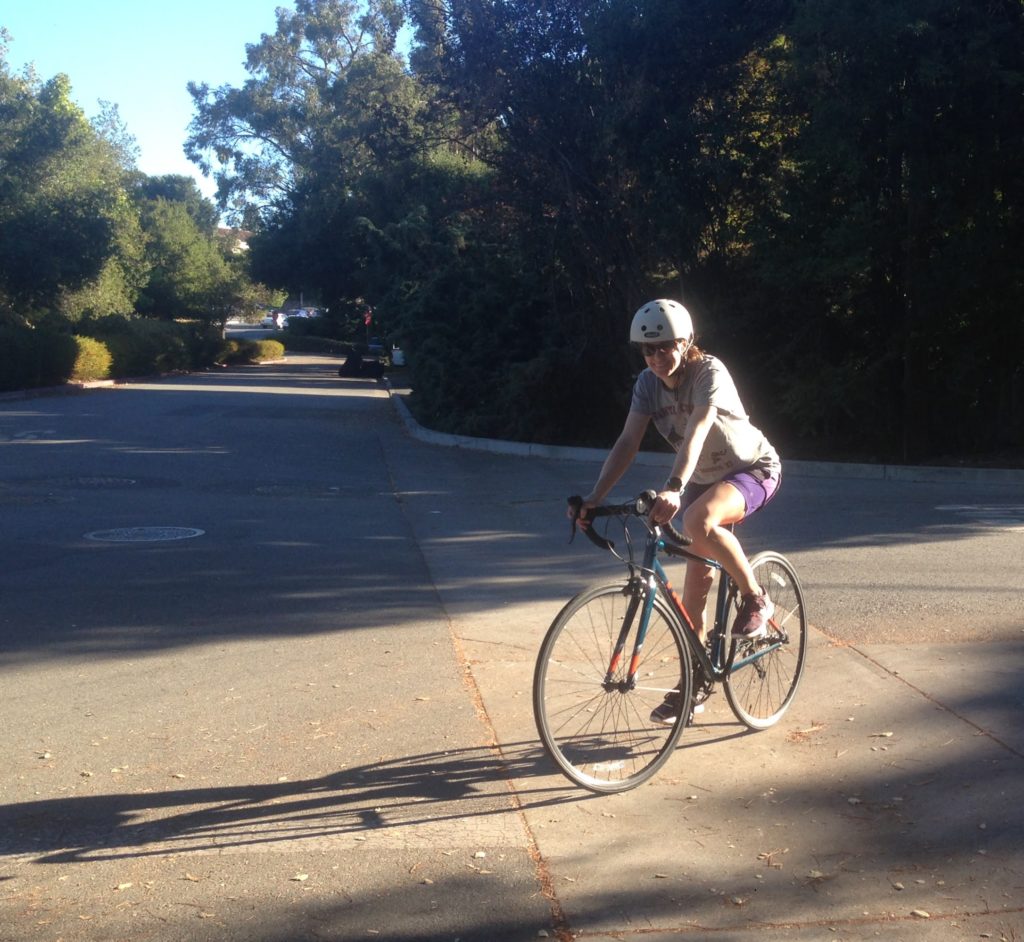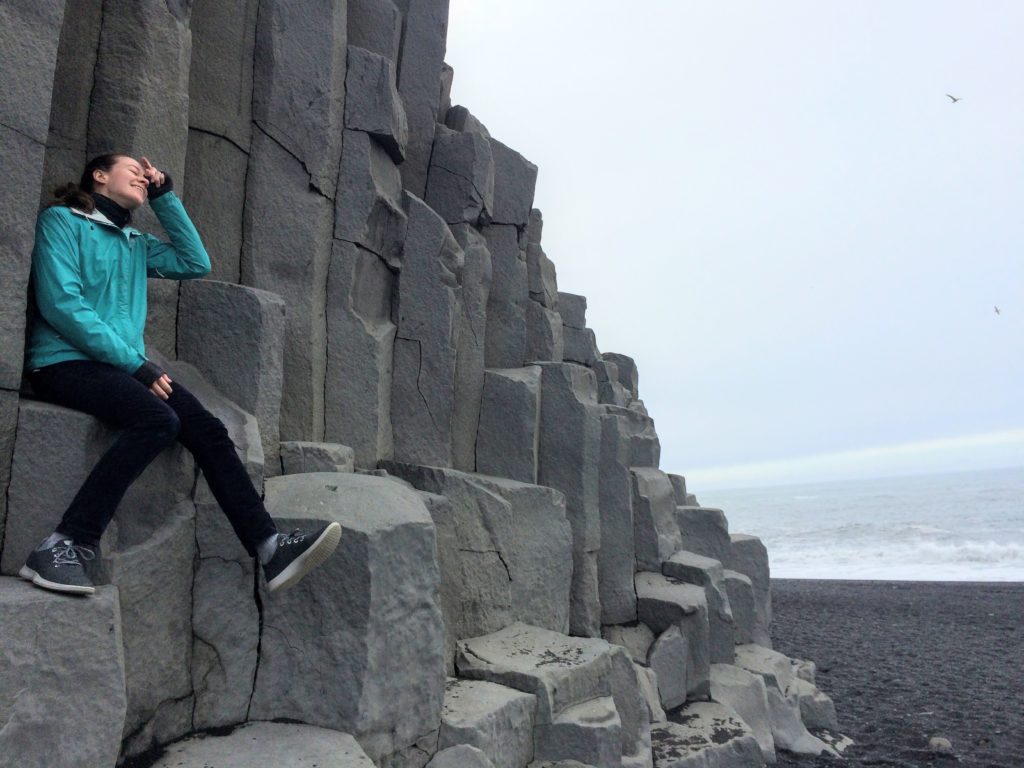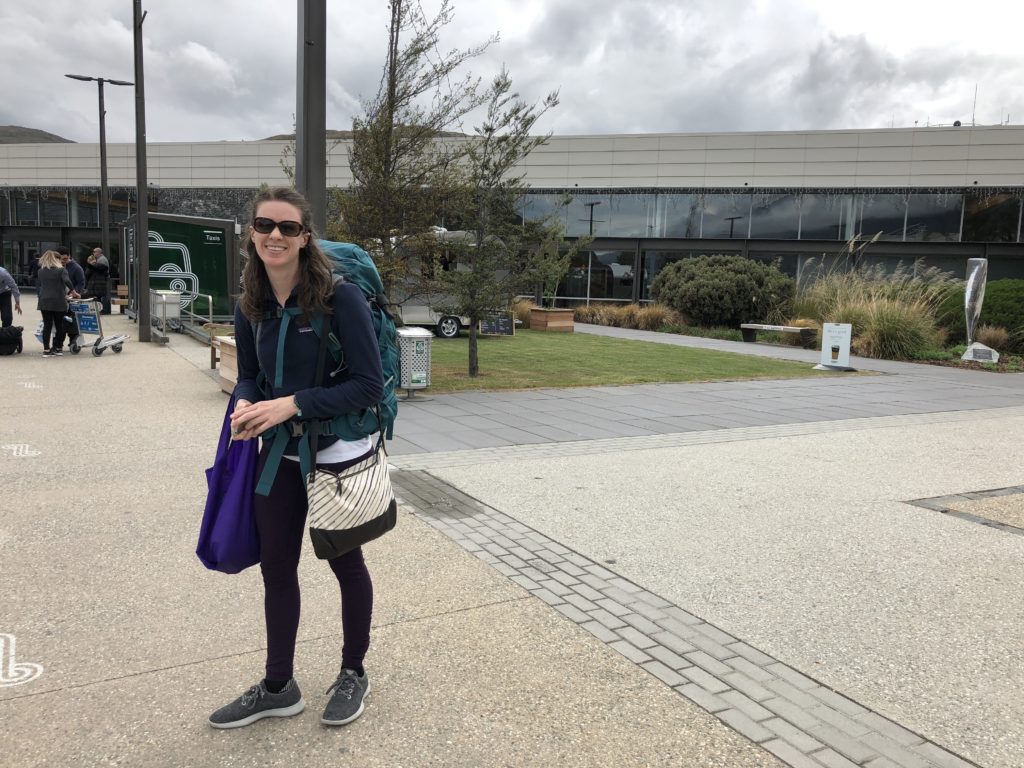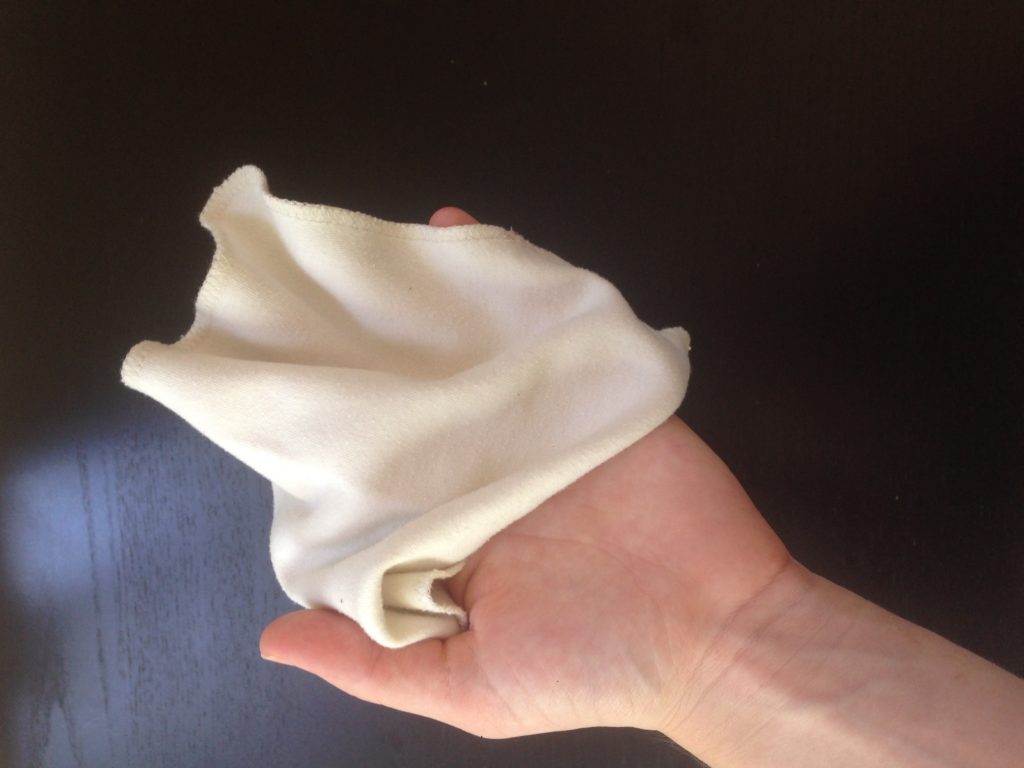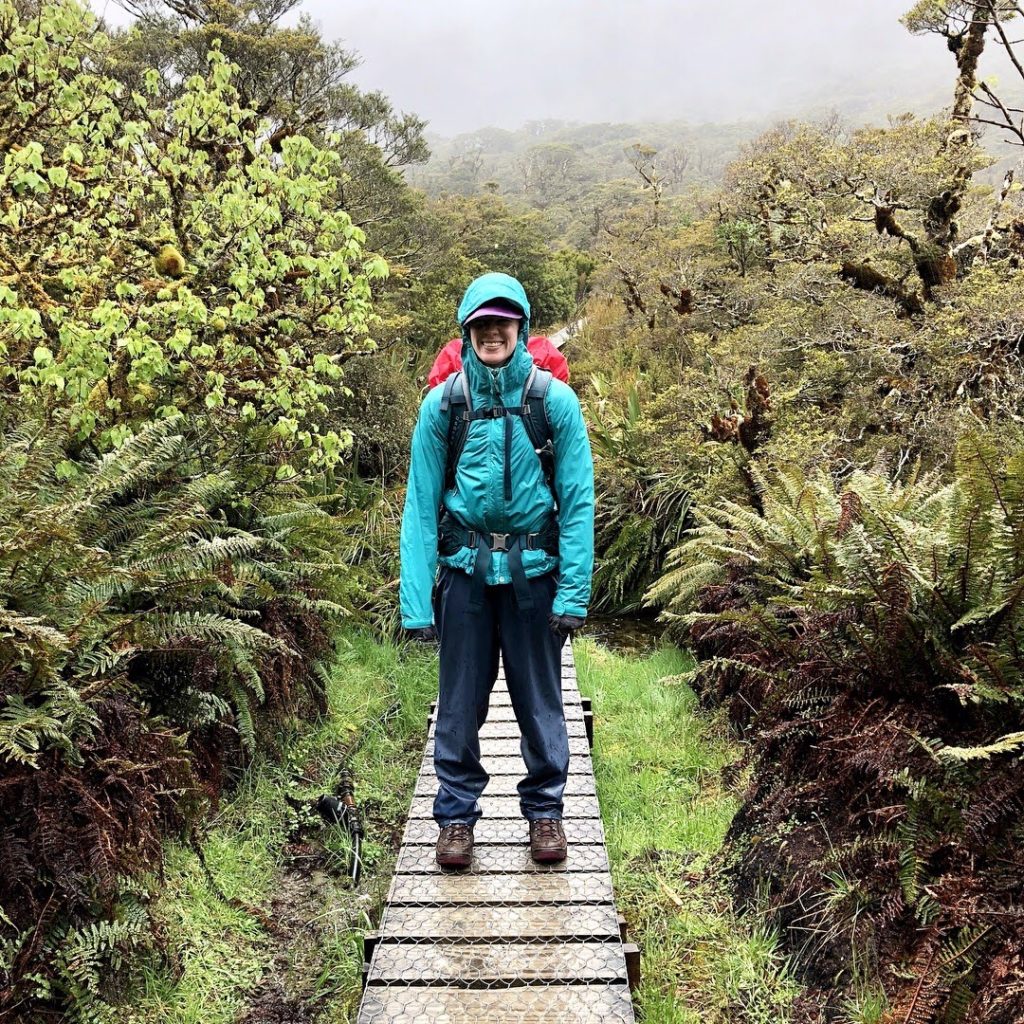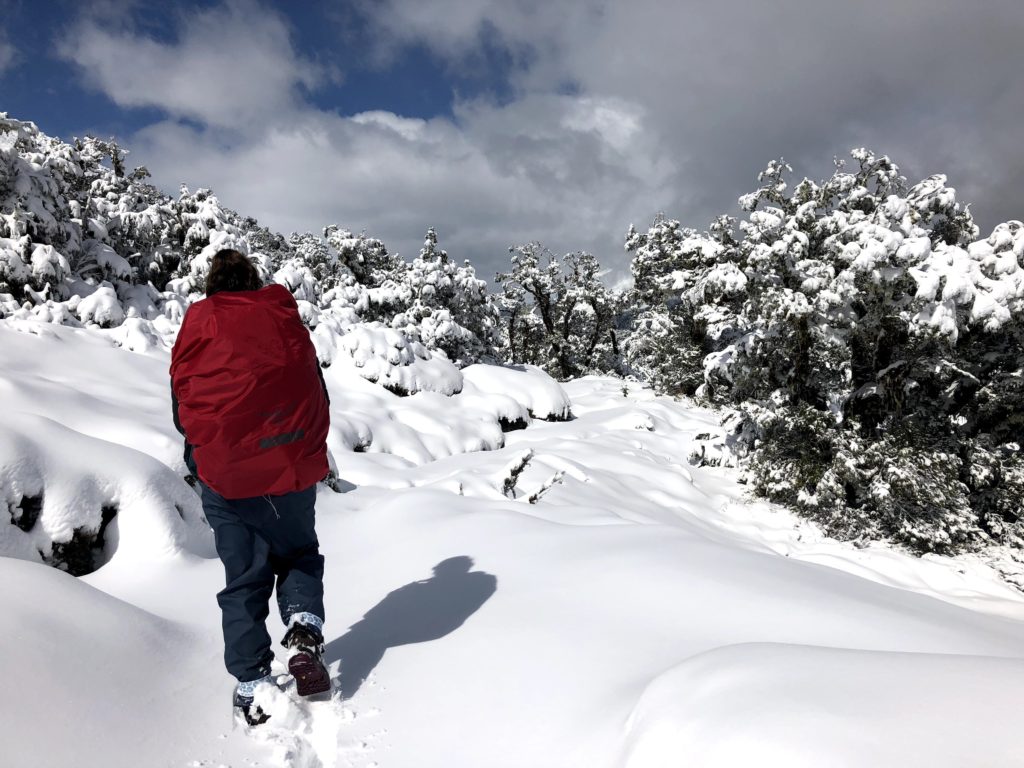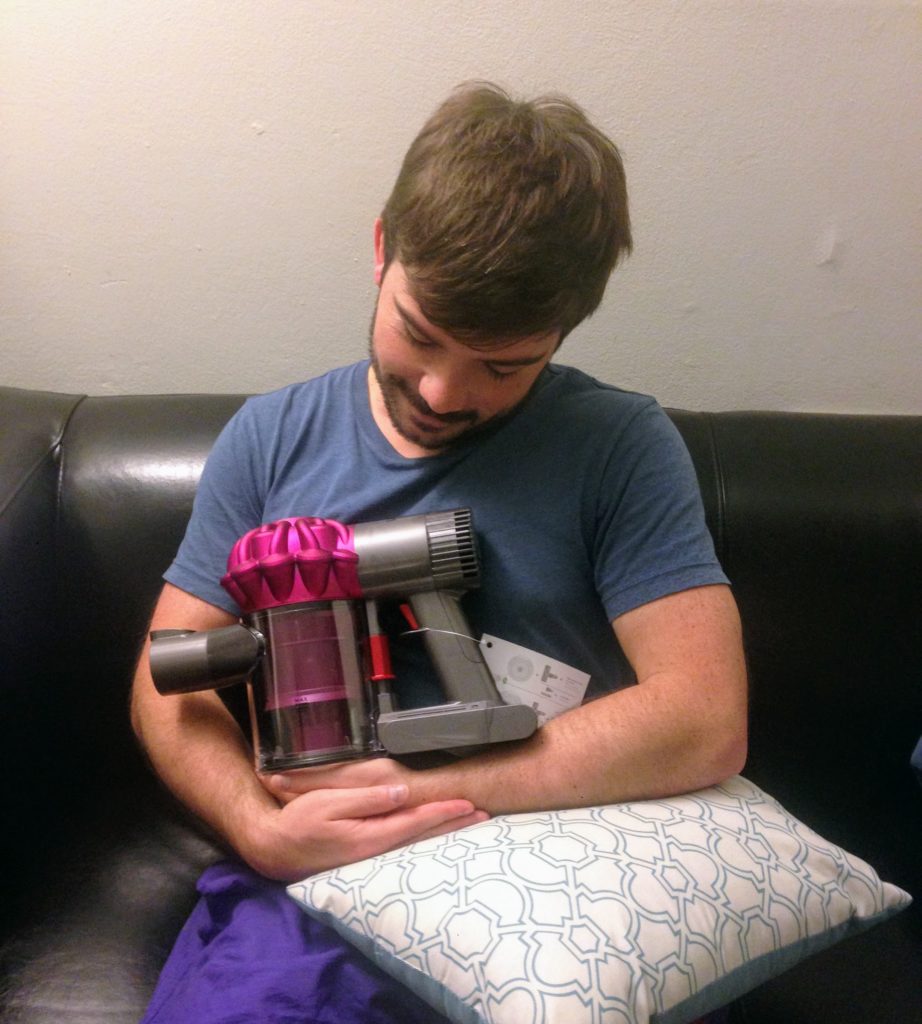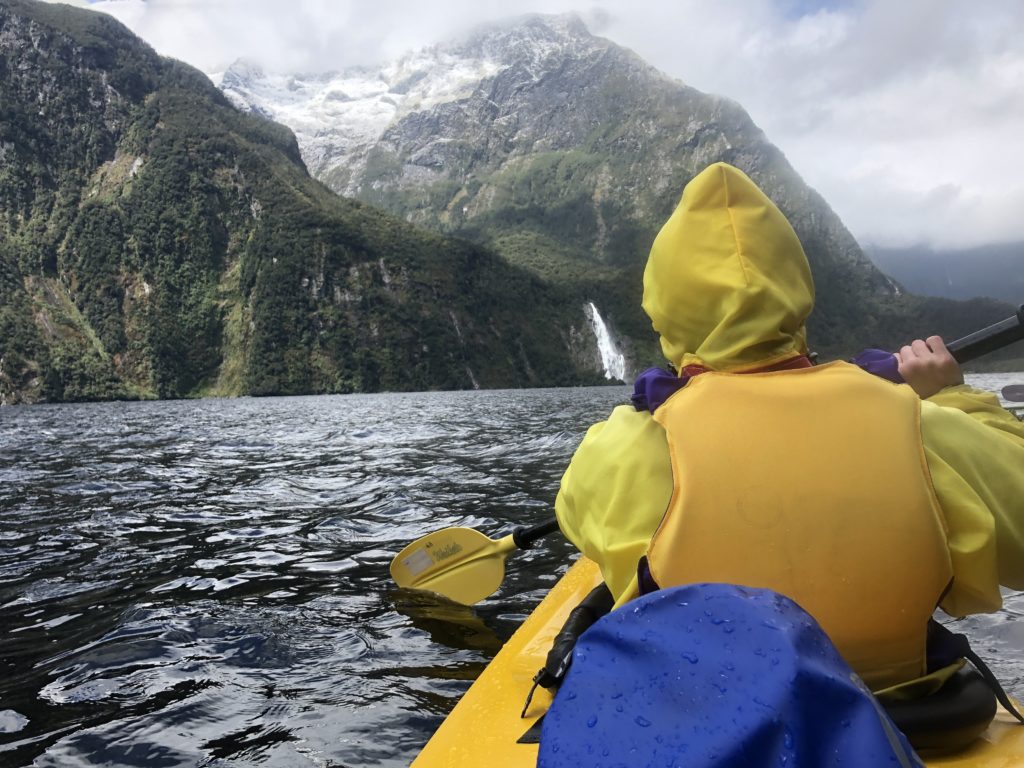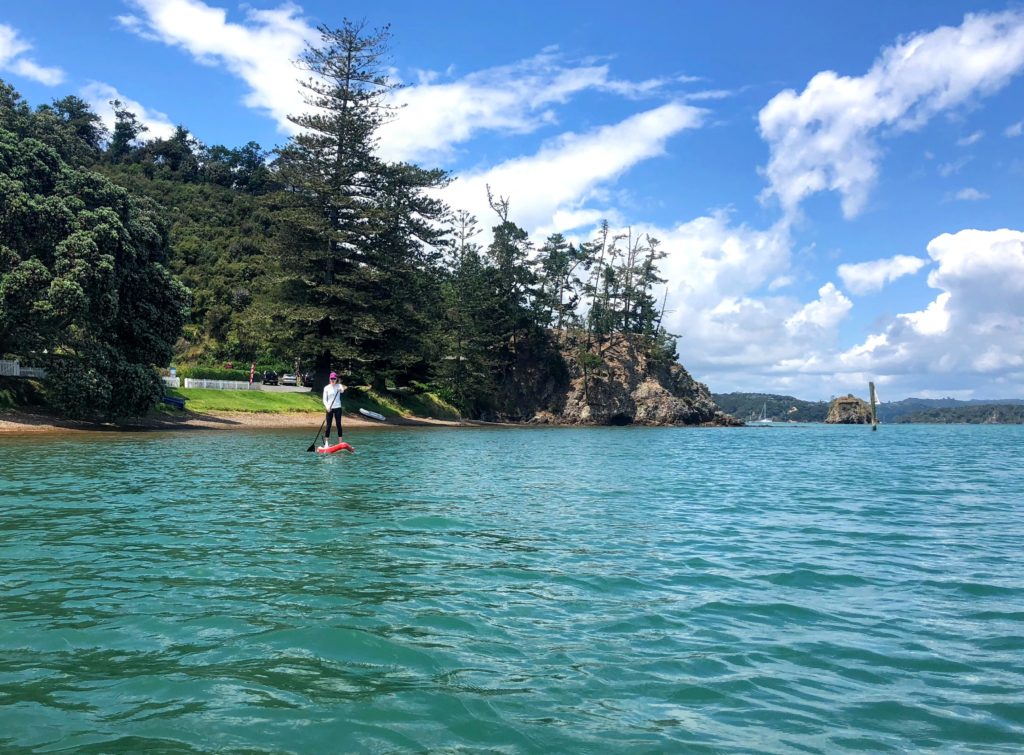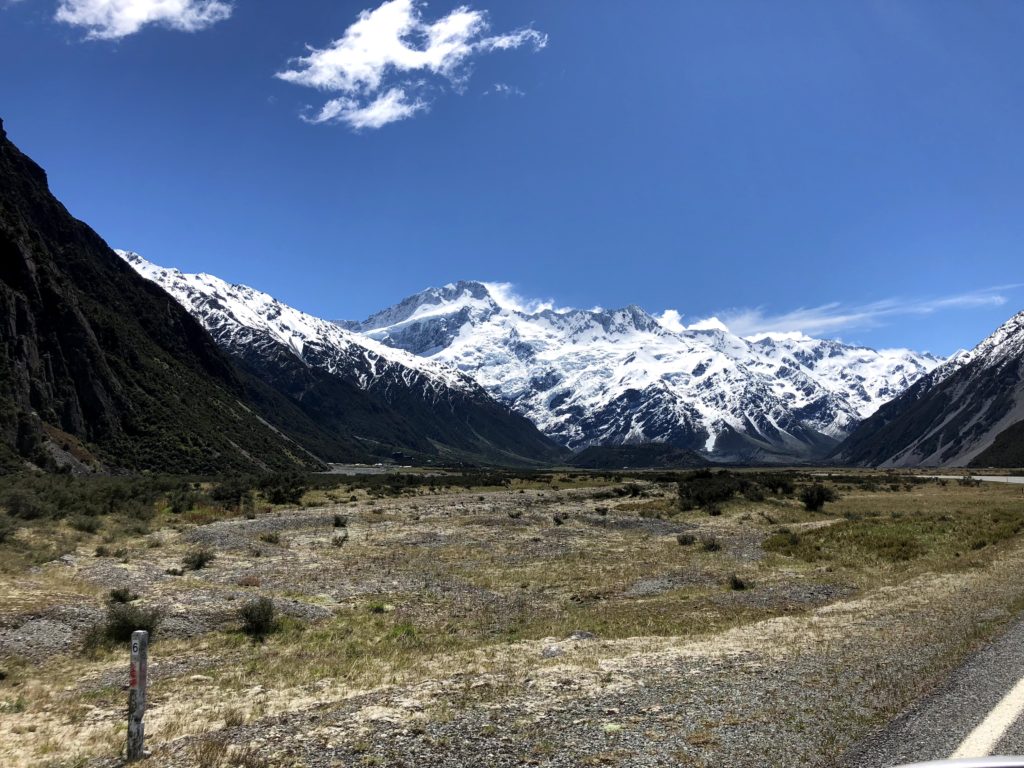The Average Age of My Clothes and Why It Matters
My clothes are ancient by today’s standards. In a world of 50-100 fashion “seasons” per year, disposable clothing that is only meant to last a night, and t-shirts that cost $5, my closet is an anomaly.
I have had everything in my closet and drawers, from my pea coat down to my running tights, an average of five years. And while at first that doesn’t sound like much, many of the pieces in my closet are still going strong 10+ years after they were handed down to me.
While I will be the first to admit that a few things in my drawers need to be replaced, for the most part my wardrobe—both my daily clothing and athletic wear—still looks like I bought it within the last year.
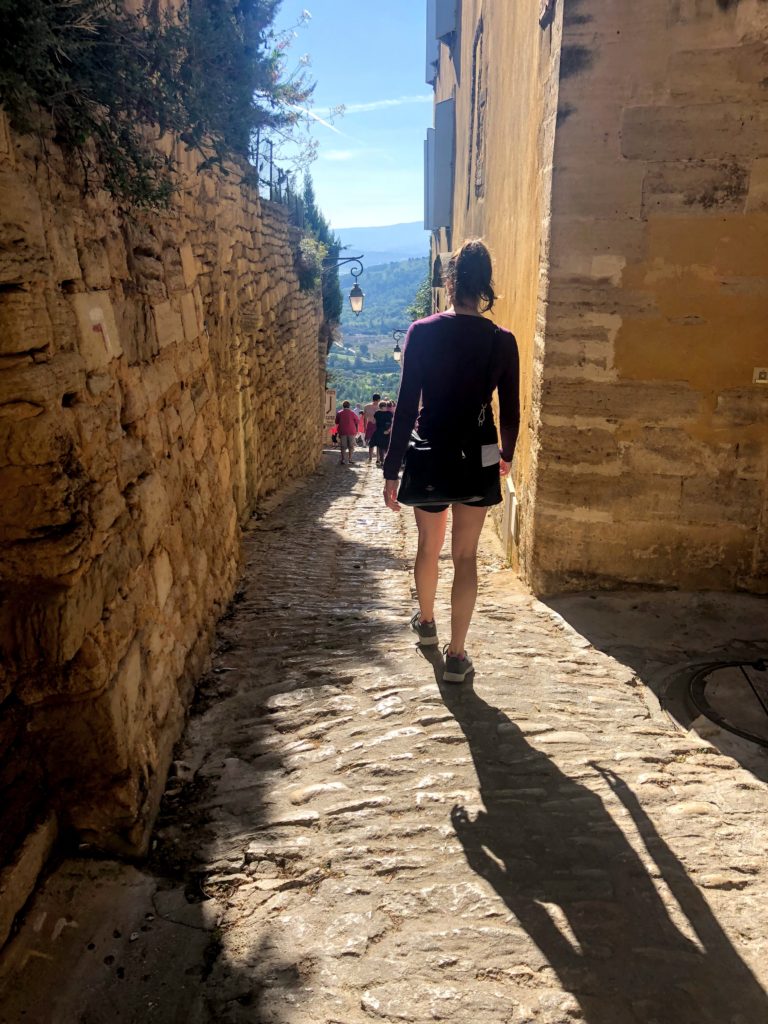
Why does the age of your clothing or wardrobe matter?
Lately I have been seeing posts from slow fashion and ethical fashion bloggers about #30wears and why it’s important to only buy clothes you can see yourself wearing at least 30 times. The idea is to ensure you don’t buy something you will never wear or only wear a handful of times before getting rid of it.
While I love this idea, I think we should hold ourselves to higher standards. With my closet, I try to only add items that I can see myself wearing frequently over the next five years. For basic pieces that will always be in my life like a coat or a dress, I imagine myself in it 10 years from now.
The longer I keep each item, the less of an impact I have on the Earth. Growing and producing fibers, manufacturing clothing, and shipping them around the world is extremely costly to the environment. The longer I hold onto a piece—and actually wear it!—the more I save in the long run.
Wearing clothes for years means you aren’t going out to buy a new one every year or so. It means you are saving all of those resources that are required to make a replacement in addition to the money it takes to purchase it. In other words, the longer you keep and wear your clothes, the smaller your impact.
| Category | Item | Years owned |
|---|---|---|
| T-shirt | White short sleeve | 10 |
| White SL | 10 | |
| Black SL | 10 | |
| Gray SL | 1 | |
| Gray LS | 10 | |
| Purple LS | 8 | |
| Layering Tanks | Nude | 5 |
| White | 3.5 | |
| Sweaters | Purple LS cardigan | 9 |
| Gray LS cardi | 9 | |
| Navy LS cardi | 1 | |
| Navy LS pullover | 2 | |
| Striped pullover | 7 | |
| Black pullover | 4 | |
| Gray pullover | 4 | |
| Striped 3/4 cardi | 7 | |
| White 3/4 | 1 | |
| LS black cardi | 1 | |
| Pink 3/4 cardi | 5 | |
| Black 3/4 cardi | 7 | |
| Nice Tops | Denim | 3.5 |
| Lace | 6 | |
| Peplum | 5 | |
| Dresses | Navy t-shirt | 4.5 |
| Teal t-shirt | 4.5 | |
| Maxi | 5.5 | |
| Black | 5.5 | |
| Striped | 5.5 | |
| Ikat | 7 | |
| Polka | 6 | |
| Sweater Dresses | Gray | 7 |
| Camel | 6.5 | |
| Purple | 6.5 | |
| Teal | 1 | |
| Bottoms | Cords | 5 |
| Black jeans | 2 | |
| Navy shorts | 3 | |
| Black wool skirt | 5 | |
| Jackets | Pea coat | 10 |
| Down coat | 5 | |
| Navy canvas | 5.5 | |
| Raincoat | 1 | |
| House Clothes | Teal scoop | 3 |
| Navy | 6 | |
| Teal v-neck | 3 | |
| Fleece sweats | 8 | |
| Average Years: | 5.3 | |
| Athletic Clothing | ||
| Outer Layers | Thin zip-up | 5.5 |
| Fleece | 1.5 | |
| Running jacket | 4 | |
| Bottoms | Teal running shorts | 8.5 |
| Purple running shorts | 8.5 | |
| Black running shorts | 4 | |
| Navy running shorts | 3.5 | |
| Blue running shorts | 6.5 | |
| Navy crops | 3.5 | |
| Hole-in-knee crops | 3.5 | |
| Too short crops | 6 | |
| Black crops w/ purple+yellow | 6 | |
| Black crops | 6 | |
| Navy leggings | 5 | |
| Black leggings | 5 | |
| Purple winter running tights | 5 | |
| Navy winter running tights | 5 | |
| Yoga pants | 8 | |
| Running tights black/mint | 5 | |
| Running tights black/teal | 4 | |
| Purple bike shorts | 6 | |
| Black bike shorts | 0.5 | |
| Tops | Mint winter LS running top | 5 |
| Reversible winter LS RT | 4 | |
| Blue LS running top | 4 | |
| Light blue LS running top | 5 | |
| Grungy "light blue" LS RT | 6 | |
| Crew short sleeve | 3.5 | |
| Teal race LS | 4 | |
| Coral race LS | 5 | |
| Purple running top | 8.5 | |
| Mint crew top | 5 | |
| Mint scoop top | 5 | |
| Gray tank | 6.5 | |
| Light mint tank | 4.5 | |
| White race tank | 3 | |
| Purple tank | 5 | |
| Teal tank | 3 | |
| Singlet | 4.5 | |
| Sports Bras | ||
| Lole | 0.5 | |
| Mint | 0.5 | |
| Teal | 4 | |
| Coral | 5.5 | |
| Striped | 2 | |
| Black y | 2 | |
| Black x | 3 | |
| Bathing Suits | Nice two piece | 5 |
| Bottoms | 6 | |
| Lap suit | 7 | |
| Sunshirt | 10 | |
| Lap 2 piece light blue | 9 | |
| Lap 2 piece navy | 9 | |
| Total | 4.9 | |
| Totals | ||
| Average age of wardrobe: | 5.1 | |
| Total # of daily clothes: | 46 | |
| Total # of athletic items: | 52 | |
| Total # of clothing | 98 |
What I learned from this exercise:
1. Many of my clothes came from my mom either as hand me downs or gifts. Thanks mom!
2. With proper care, clothes can last years, if not decades.
3. I get more joy out of clothes the more I wear them. Yes, I could have seven pairs of pants so each one is only worn once a week to theoretically stretch out their lifespans, but I feel great knowing that my black jeans that lasted roughly two years had at least 200+ wears over their lifetime. Not too shabby! I wear my favorites on a weekly basis, and I love them just as much each time I put them on.
4. My small closet has served me well through so many transitions and climates.
5. I generally avoid trends and any clothing that I’m on the fence about, and calculating the age of my clothes really reinforced those habits. I likely won’t want to wear “boyfriend” clothes 10 years from now (or, you know, now), just like how my emo band shirts from high school aren’t still hanging around. Classic, timeless pieces give me the best cost per wear, have the most longevity, and end up being the most sustainable.
6. Quality is almost always worth the investment. I hate shopping, and it’s extremely important to me that my clothes are high quality pieces that will last me for years. The pieces that have been around the longest or appear to be the most likely to keep going for another decade are the ones that are made out of natural fibers that age well, are constructed well, and are classically styled.
7. I foresee the average age of my clothing increasing over time. Most of my clothes were bought in college or right after I graduated. I had a school uniform K-12, and it took me ages to figure out what I actually like to wear. Now that I am getting the hang of dressing myself, I am slowly replacing old, not-so-nice-looking items for pieces I hope to see me through the next decade.
Don’t you have a lot of clothes for a minimalist?
My wardrobe is broken up into two capsules and three categories: cool capsule, warm capsule, and year-round essentials. In general, this keeps my clothes feeling fresh and saves me space in my closet and drawers since out-of-season clothes live under my bed in a zippered canvas bag. It also means everything that I pull out for the season is worn frequently, sometimes almost daily.
I have a lot of athletic clothing—more than what’s in my “daily wardrobe.” Half of my drawer space is dedicated to it. And yet I wear all of it frequently. In the summer, I layer with my long sleeve tops to stay warm to and from the gym. In the winter, my tank tops and running shirts are often hiding under my thick running tops to help keep me warm on brisk runs or gym sessions. My leggings are layered with sweaters and dresses, and when the temperature really drops my warmer running clothes become baselayers under my regular, non-athletic clothes.
That said, unless you are also exercising or getting sweaty 6-8 times a week, this is likely aggressive. I could make it work with 2/3 of the clothes that I have, but I would have to do mid-week laundry and the load would never be close to full, which wastes water and energy. As is, most of my athletic clothes are worn 1-2 times a week, and this jumps up to a good 90 percent if you take seasonality into account.
Related: See what’s in my daily minimalist wardrobe and my workout capsule.




